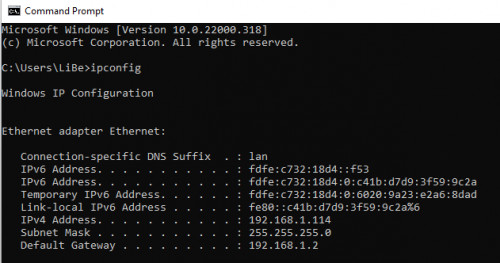Testing the Internet: availability - stability, disruption?
More important than the speed of an Internet connection is its availability. If the Internet line does not run stably, this can have several causes. The basis for the connection is of course provided by the provider, who guarantees his customers the highest possible availability. If you operate a router, switch or other devices in your home network, you expand the circle of possible sources of error to include the corresponding devices. In addition, the availability for the individual end devices also depends on the connection. A stable connection via WLAN is usually a greater challenge than via a network cable.
Definition: Availability
Availability primarily refers to the proportionate time during which a particular service is at least available. Availability is usually expressed as a percentage and means, for example, that at 99% availability, the service should have a maximum downtime of 87.6 hours over the year. 99.9% availability would then be just 8.76 hours per year.
Testing availability
To test the availability of an Internet connection, it must be monitored around the clock. For fault isolation, or for a snapshot, can also give a first indication with a continuous ping. The availability can be tested more exactly with an own monitoring server or a special monitoring program, which test the connection around the clock.
Ping under Windows
The following command in the command prompt sends a continuous ping to the Google DNS server, i.e. to the Internet:
ping 8.8.8.8 -tIn a 2nd window the ping could also be started on the router (default gateway). With the ping on the default gateway the route within the home network, i.e. up to the router, can be monitored. As a prerequisite for this, the address of the default gateway can be found out with the ipconfig command:
see also: cmd commands network
In our example the router has the address 192.168.1.2, the command is then as follows:
ping 192.168.1.2 -tFor later analysis, the ping can also be redirected to a text file:
ping 192.168.1.2 -t > Gateway.txtInterpreting the values:
If the test within the network consistently returns a response, but the ping to the Internet does not, the problem is probably with the Internet provider. If the connection within the network, i.e. to the standard gateway, fails, the device can be connected once directly to the router with a network cable for further tests.
ping 192.168.1.2 -t
Ping is executed for 192.168.1.2 with 32 bytes of data:
Response from 192.168.1.2: Bytes=32 Time<1ms TTL=128
Reply from 192.168.1.2: Bytes=32 Time<1ms TTL=128
Reply from 192.168.1.2: Bytes=32 Time<1ms TTL=128
Reply from 192.168.1.2: Bytes=32 Time<1ms TTL=128
Ping statistics for 192.168.1.2:
Packets: Sent = 4, Received =4, Lost = 0 (0% loss), ...The ping command shows here additionally the response time: In the local network this is <1ms, towards the internet the value will be higher, about 20ms.
Connection not stable? Malfunction?
If the response time fluctuates here, this is a sign that the connection quality is not constant.
It becomes even more problematic if regular timeouts occur, these deposit that the connection is interrupted. In this case, the stability is impaired, so there could be a fault with the Internet provider?
 ({{pro_count}})
({{pro_count}})
{{percentage}} % positive
 ({{con_count}})
({{con_count}})
